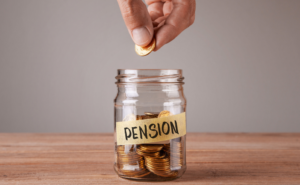
Home Buying
Zero deposit mortgages in the UK: What are your options?
If you’ve been dreaming of buying a home in the UK but don’t have a hefty deposit saved up, you may have heard the term

If you’ve been dreaming of buying a home in the UK but don’t have a hefty deposit saved up, you may have heard the term

A Self-Invested Personal Pensions (SIPP) can sound intimidating at first, but understanding how a SIPP works can make retirement planning simpler. SIPPs are tax-efficient, flexible,

Credit score: Stop making credit a cruel master and turn it into a fantastic servant When people hear “credit”, it often conjures up scary thoughts

When it comes to investing, women often have the edge over men. Surprised? Don’t be. Research consistently shows that women outperform their male counterparts in